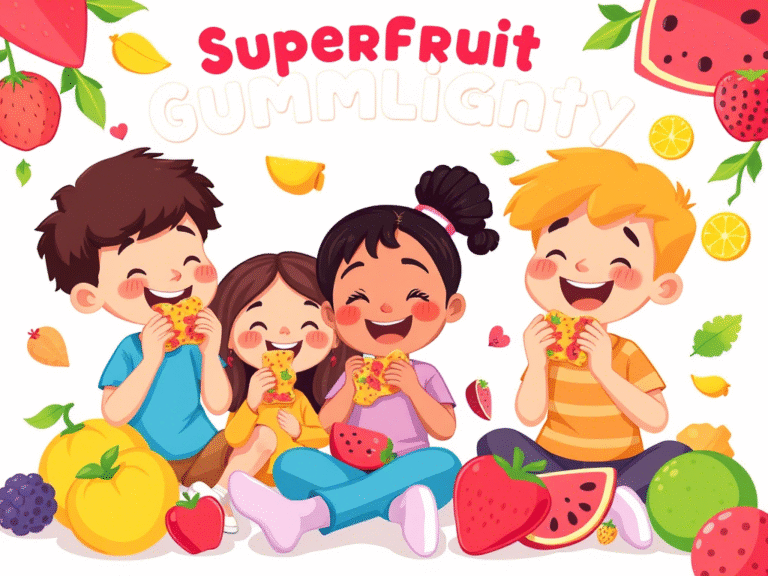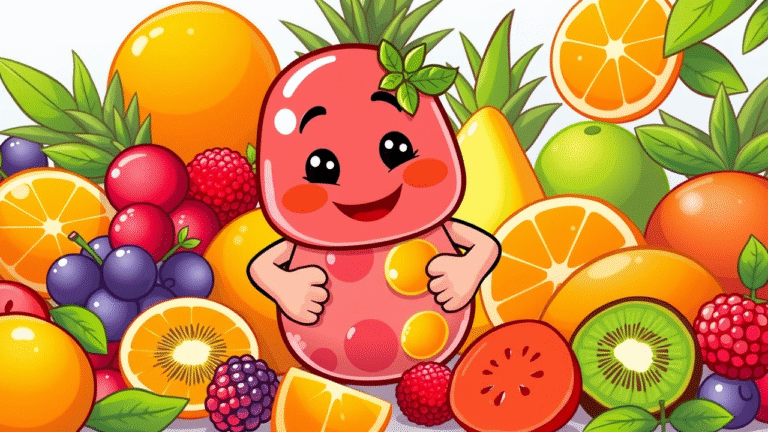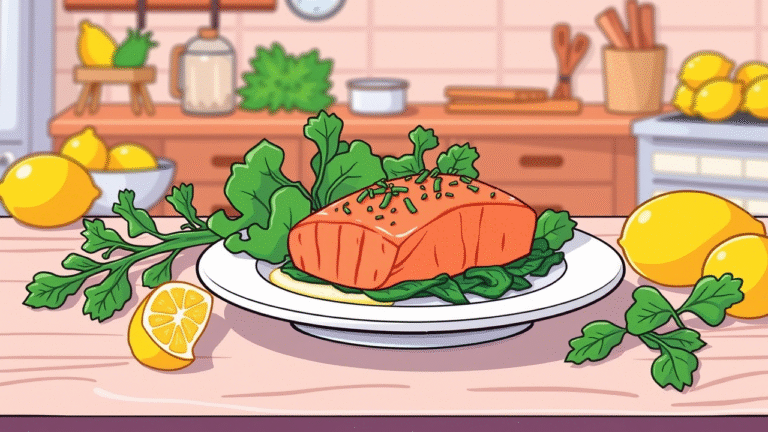What do parents need to know about gummies for school snacks?
What do parents need to know about gummies to satisfy snack-seekers at school?
Gummies can make a fun and healthy(ish) snack for school, but parents should check for product sugar content, ingredient quality and potential hazards — such as THC edibles.
Done correctly, they can be a yummy way to fit some vitamins in skirt their picky eating tendencies — but if done incorrectly, they can damage your child’s health.
Let me explain what’s going on here. Gummies are everywhere now. They’re colorful, chewy and sweet — in other words, they’re candy that children can get behind.
But some gummies are fortified with vitamins, creating the illusion that they are healthy. The catch? Gummies, they are not all the same. Let’s get into what you need to know to make the best decision for your kiddo.
Gummies
Kids go nuts for gummies. Why? They taste like fucking CANDY. Sweet, gummy and in the shape of stars or bears — resistance is futile.
But here’s the thing: Not all gummies are healthy. Sure, some are loaded with vitamin C or Zinc. Others? Nothing but sugar bombs masquerading as snacks.
Indeed, a lot of fruit-flavored gummies that bill themselves as “healthy” clock in at close to 5 teaspoons of sugar per serving. That’s about as much as some candy bars. And when children consume those every day at school, it really adds up — fast.
The Sugar and Calorie Concern
Sugar is sneaky. It lurks where you would never look. Even “healthy” gummies can give a sugary wallop.
Here’s the math:
- A serving of gummies usually has around 20 grams of sugar. That’s roughly 5 teaspoons.
- Add that to other snacks, and the kids could end up consuming an extra 273 to 336 calories a day.
Now, think about this:
- Even 110-165 extra calories a day is associated with the increase in childhood obesity.
- Excess sweet snacking associated with obesity in teeners.
Which is to say that gummies may appear innocuous but in fact, an excess of sugar can result in very real concerns.
Snack Consumption and Obesity Risk
Let’s talk numbers. In a sample of 345 high-school students, 32.4% were obese. What’s worse? Children who often had fatty, sweet or salty snacks were one to two times more likely to be obese.
Here’s what the data says:
| Snack Type | Top 3 Most Frequently Consumed Foods | Mean Frequency per Day |
| Fatty | Pizza, Meatball, Curry | 0.24, 0.18, 0.15 |
| Sweet | Tea, Candy, Doughnut | 0.43, 0.37, 0.19 |
| Salty | Cireng, Cimol, Pastel (local snacks) | 0.56, 0.49, 0.48 |
Big offenders are sweet snacks such as candy and doughnuts. If gummies are high in sugar, then they fall into this category. So, moderation is key.
Gummies and Dental Health
Now, let’s talk teeth. Too much sugar isn’t only bad for your waistline — it’s also bad for your teeth.
But here’s the happy news: some gummies are made with xylitol, a sugar alcohol that helps prevent cavities. For example, a school-based study showed that children who consumed xylitol gummy bears three times per day during school hours had fewer cavities.
Which means some gummies can actually be beneficial to your kid’s teeth. Just ensure they’re sweetened with xylitol and not regular sugar.
The Risk of THC-Infused Gummies in Schools
Scary thought: THC-inclusive gummies are on the rise. These are essentially regular gummies that also contain cannabis.
THC gummies, mistaken for candy, are being eaten by children at schools. And that can have serious health consequences — and disciplinary consequences.
It’s your job as a parent to teach your children. Educate them not to take any snacks from someone they do not know, or from an unknown location. Always make sure to purchase gummies from reputable brands to prevent accidental binding to THC products.
School Snack Environment and Policies
Half of high school students eat at least one snack every day at school. These snacks total 273 to 336 calories.
The good news? Schools that provide healthier options find children’s diets get better. Students are consuming more fruits, veggies and whole grains — not only at school, but at home, as well.
The USDA’s Smart Snacks in School regulations promote healthy offerings. Think whole grains, low-fat dairy, fruits and lean proteins.
But there’s the rub: many schools continue to make snacks high in sugar, fat and salt available to students. All of these factors lead to unhealthy diets. As a parent, perhaps you can advocate for better options —- or decide wisely when packing a snack.
What Parents Should Look for in Gummies for School Snacks
Good Dehydrated Pick If you are going to send gummies to school, here is what to look for:
1. Nutritional Quality
- Opt for gummies formed from real fruit puree or juice.
- D: Added vitamins are an extra bonus Look for Vitamin C, Vitamin A, Zinc, or Iron added to the formula.
- Steer clear of gummies with added food dyes and artificial flavors, as well as high added sugar.
2. Portion Control
- Keep portions small as recommended.
- Combine gummies with whole fruits, veggies or protein for a well-balanced snack.
3. Safety and Source
- Purchase from quality brands to steer clear of counterfeit, THC-rich products.
- Teach children to not take snacks from strangers.
4. School Rules Compliance
- Find out about snack policies at your school. Some ban candy-like snacks.
- Choose gummies that adhere to Smart Snacks in School guidelines.
Summary Table
| Factor | What Parents Should Know |
| Sugar Content | Many gummies have up to 5 tsp sugar per serving; choose low-sugar options |
| Calorie Impact | Snacks can add 273-336 calories daily; monitor total intake |
| Dental Health | Xylitol gummies may help prevent cavities |
| Safety Concerns | Beware of THC gummies; educate children |
| School Policies | Follow school snack guidelines; prefer Smart Snacks |
| Nutritional Value | Look for real fruit and added vitamins/minerals |
| Portion Control | Stick to recommended serving sizes |
Final Thoughts
Treat-wise, gummies can be a convenient and delicious “treat” for school provided the best choice is made,and it is given in moderation.
Find a happy balance between fun and nutrition and safety so the gummies help, not harm, your child’s health.

I’m Kai, a fitness fiend and wellness geek from Vancouver. I love helping people find small, sustainable ways to feel better every day. From workouts, to good mental health, to smoothie recipes, I keep it real. Perfection is not my thing — progress is. When I’m not at the gym, I’m likely to be hiking or sampling a new meditation app







